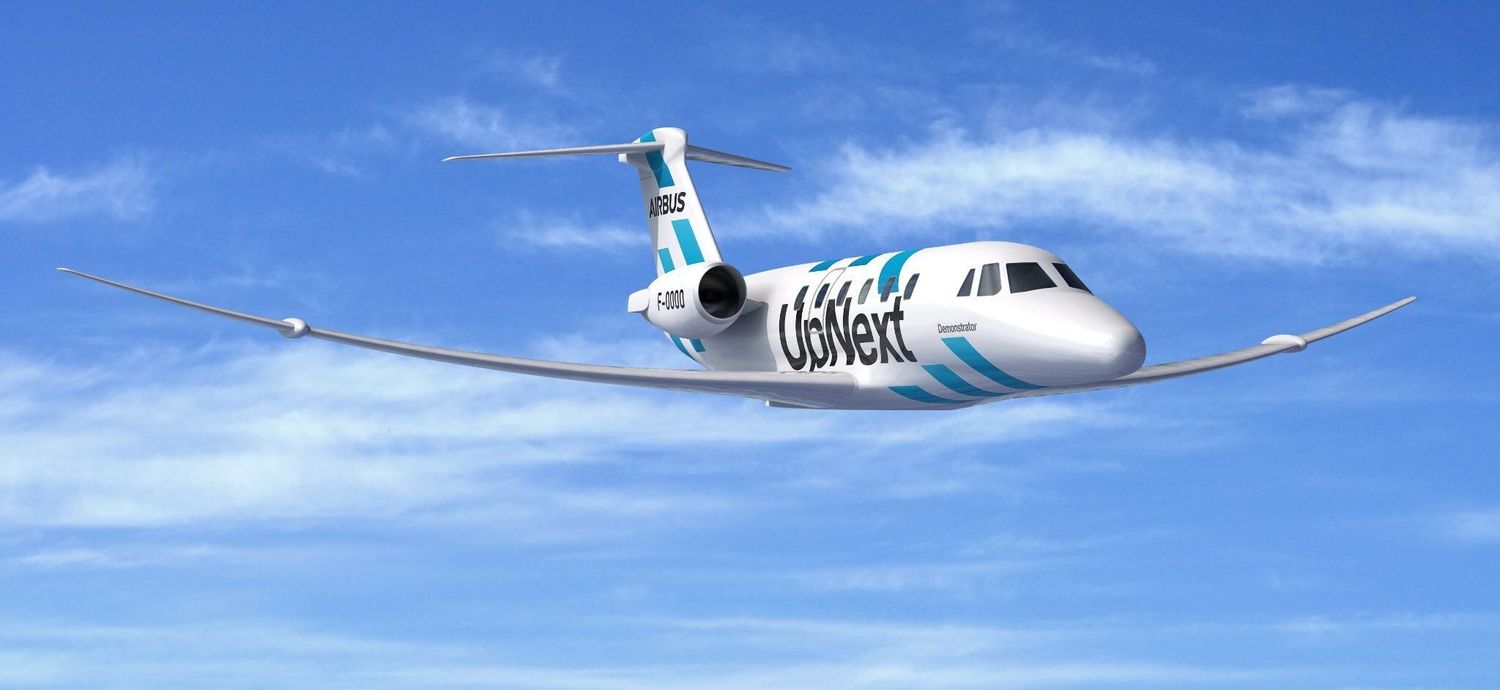Airbus has just launched a new high-performance wing demonstrator project, with the aim of testing and validating technologies that, according to the company, will improve and optimize the aerodynamics and performance of the wings of any aircraft.
The demonstrator will be integrated into a Cessna Citation VII and will be compatible with any type of propulsion and aircraft configuration. By offering greater in-flight efficiency, it would reduce CO2 emissions, thus contributing to Airbus’ goal of decarbonizing the industry.
For Sabine Klauke, Airbus chief technical officer, «with this demonstrator, we will achieve significant advances in active control technology through research and applied testing of various biomimicry-inspired technologies.»
Biomimicry is an area of science and technology that is widely used today because of its great potential. Innovations consist of trying to «copy» certain behaviors, structures, or patterns in nature, looking forward to achieving similar results and applying them to technological developments.
A statement issued by the company explains that «like how eagles flies, by adapting the shape, wingspan and surface area of their wings and feathers, this demonstrator enables greater flight efficiency. Several technology packages will be investigated to enable active wing control, including gust sensors, pop-up spoilers or plates that rapidly deflect perpendicular to the airflow, multifunctional trailing edges that dynamically change the wing surface in flight, and a semi-aeroelastic hinge.»
The demonstrator will be managed by the Airbus UpNext division, which is focused on driving the testing of the latest technologies developed by the consortium. To this end, Airbus UpNext uses demonstrators as the primary means of evaluating, maturing, and validating new products and services that embrace radical technological breakthroughs.


Comentarios
Para comentar, debés estar registrado
Por favor, iniciá sesión